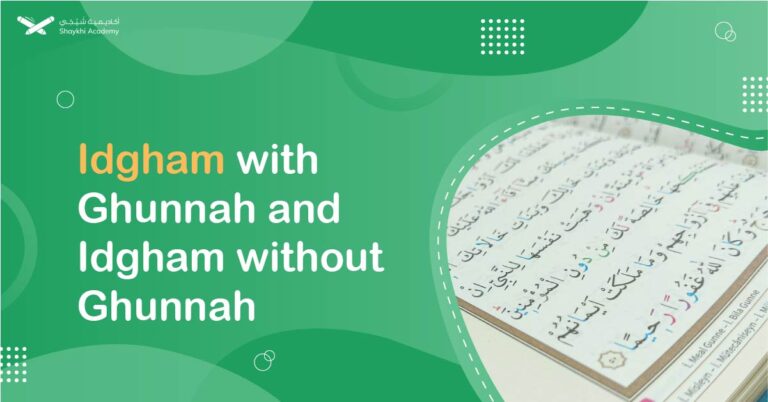
Idgham With Ghunnah and Idgham Without Ghunnah With Examples!
Idgham with Ghunnah involves merging a letter with a nasal sound, primarily using “ي” (ya), “ن” (noon), “م” (meem), and

Idgham with Ghunnah involves merging a letter with a nasal sound, primarily using “ي” (ya), “ن” (noon), “م” (meem), and
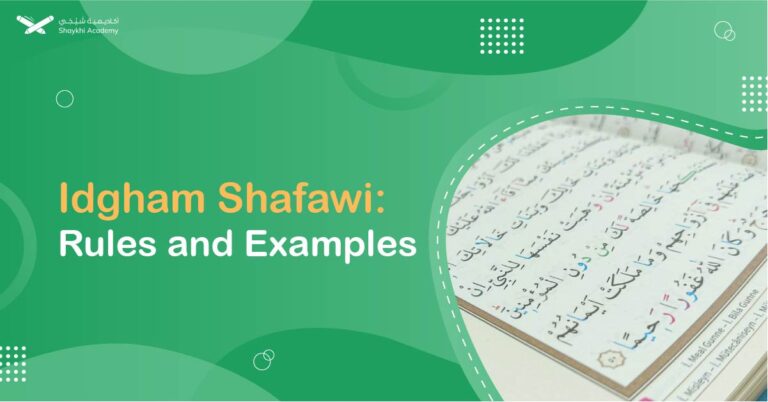
Idgham Shafawi, a key concept in Tajweed, involves the merging of two Meem letters, creating a seamless, prolonged sound. This
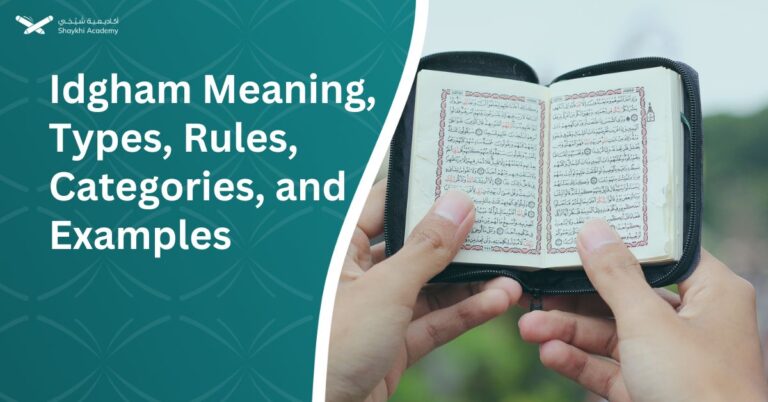
Do You know The Idgham meaning? Ever wondered how beautifully the Quran flows when recited? There’s a reason for that!
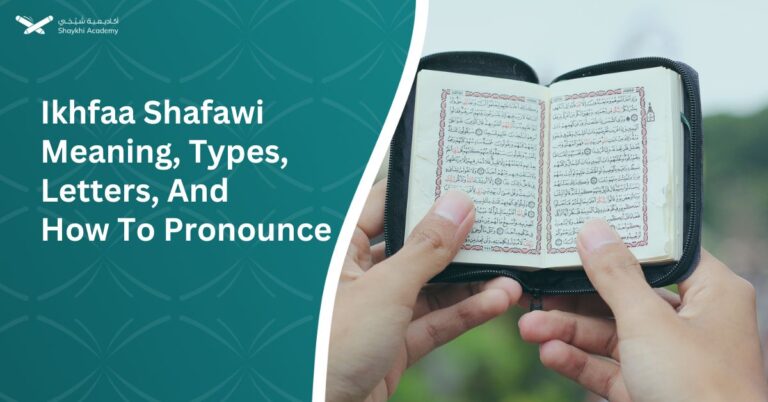
Ikhfaa Shafawi, a rule in Tajweed, involves concealing the pronunciation of the silent letter “Meem” when it appears at the
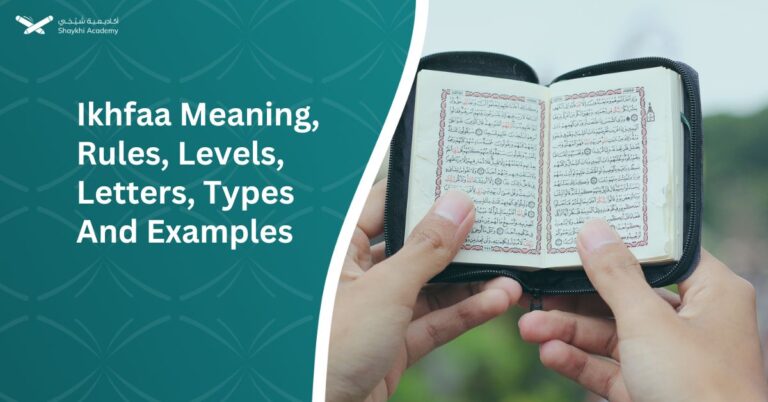
Ikhfaa, an essential rule in Tajweed, involves concealing the pronunciation of certain consonants when preceded by noon sakinah or tanween.
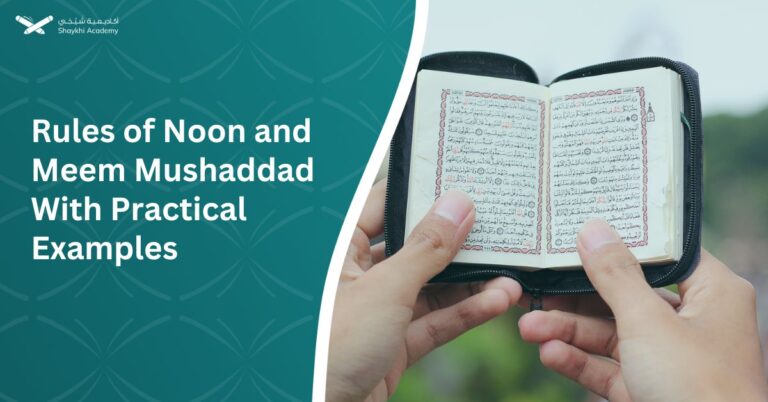
In Tajweed, Noon and Meem Mushaddad are critical rules marked by a shaddah (ّ), which indicates the doubling of these

Noon Sakinah and Tanween have four main rules: Izhar, Iqlab, Idgham, and Ikhfa. Saakin, indicating no vowel sound, is crucial
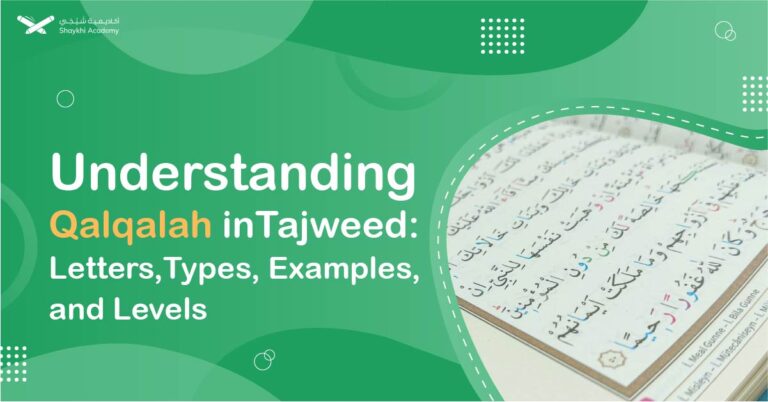
Qalqalah is a Tajweed rule in the Quran that creates an echoing sound when one of the five specific letters
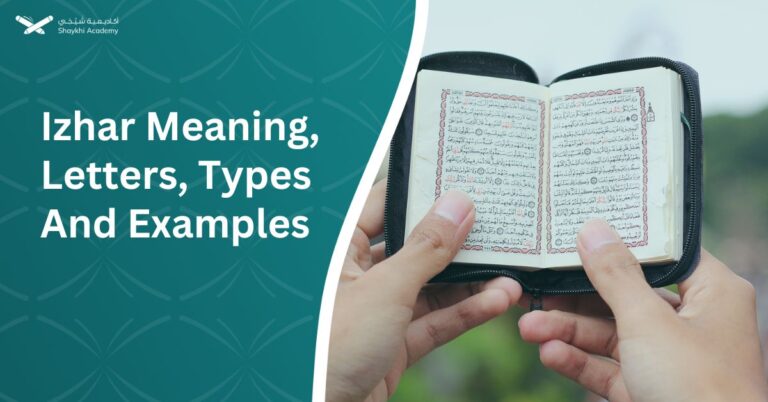
Are you looking to deepen your understanding of Tajweed? Let’s delve into the intricate world of Izhar, an essential concept

Are you eager to delve into the intricate world of Ghunnah and unlock its secrets? Ghunnah adds depth and richness
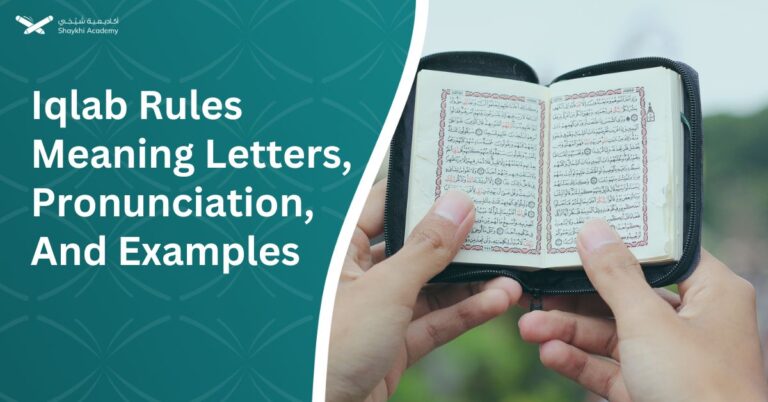
What exactly is Iqlab, and how does it relate to the art of Tajweed? Delve into the concept of Iqlab,
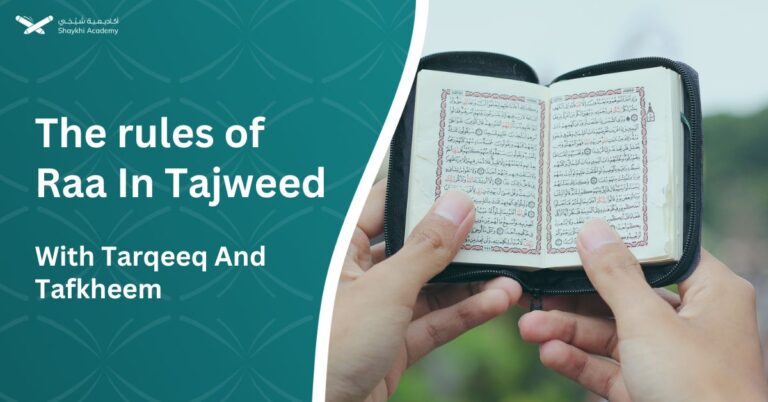
The rules of Raa in Tajweed dictate how to pronounce the Arabic letter “Raa” accurately in Quranic recitation. They cover